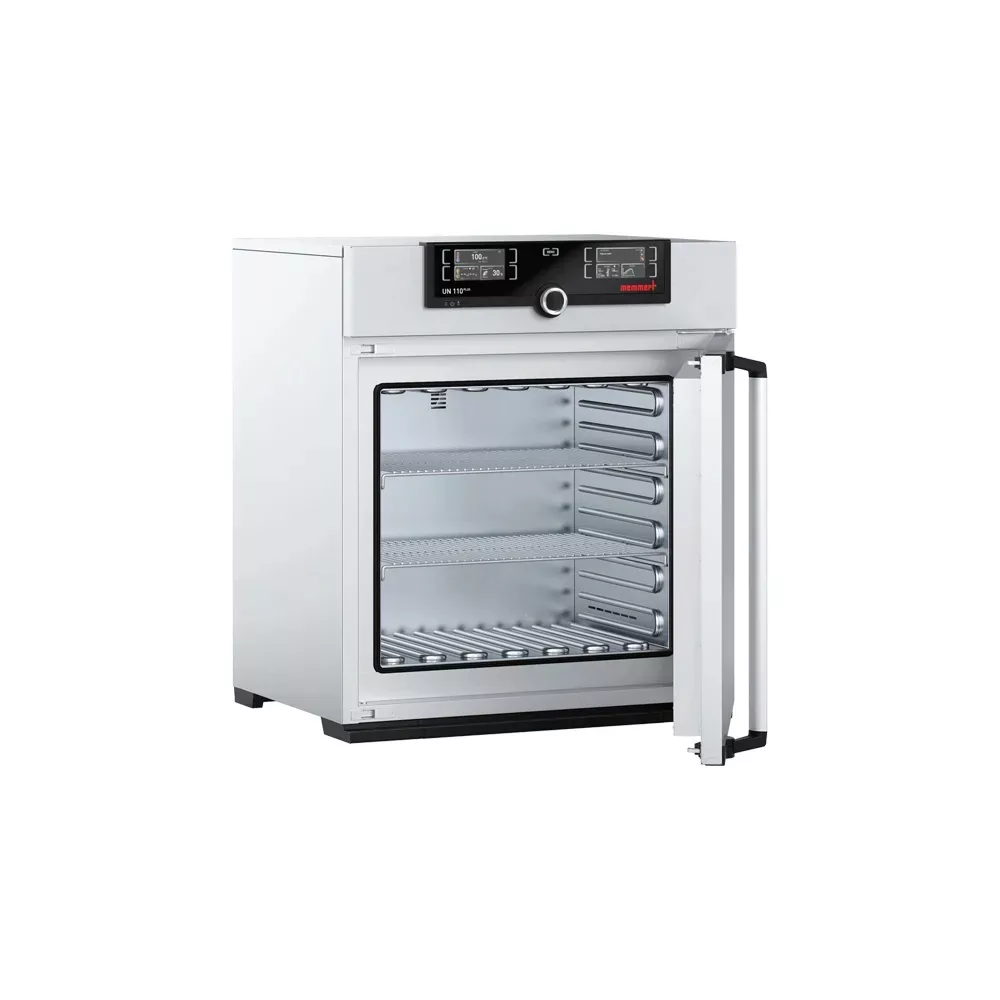Laboratory Oven: Precision Heating for Reliable Scientific and Industrial Results
Laboratory Oven Memmert UN110plus is a crucial piece of equipment used across scientific, medical, and industrial environments for drying, sterilizing, baking, and thermal testing. Known for their temperature stability and uniform heat distribution, laboratory ovens play an essential role in research, quality control, and product development.
From pharmaceutical labs to electronics manufacturing, ovens provide controlled heating environments that ensure the accuracy and repeatability of experiments and processes.
What Is a Laboratory Oven?
A laboratory oven is a temperature-controlled device designed to provide consistent and precise heating for various laboratory tasks. Unlike household ovens, lab ovens are built for high accuracy, often reaching temperatures between 50°C to 300°C or more, depending on the model and application.
They come in various sizes and configurations—benchtop, floor-standing, gravity convection, and forced-air convection—allowing users to choose the best fit for their specific workflow.
Key Features of a Laboratory Oven
-
Precision Temperature Control
Most lab ovens offer digital or analog temperature controllers with a high degree of accuracy, typically ±1°C, ensuring consistent thermal performance. -
Uniform Heat Distribution
Whether gravity convection or forced air, the oven maintains uniform temperature throughout the chamber, reducing hot spots and guaranteeing consistent results. -
Durable Stainless-Steel Interior
The corrosion-resistant stainless-steel chamber ensures long-term durability and easy cleaning. -
Adjustable Shelving
Multiple removable shelves accommodate different types and sizes of glassware, containers, or samples. -
Over-Temperature Protection
Built-in safety systems prevent overheating, protecting your samples and lab personnel. -
Digital Display and Timer
Intuitive interfaces with digital temperature readouts and timers allow precise control and automation of experiments. -
Insulated Construction
Double-walled insulation improves energy efficiency while maintaining safe external surface temperatures.
Types of Laboratory Ovens
-
Gravity Convection Oven
Uses natural air circulation for gentle drying and heating of lightweight samples. -
Forced-Air Convection Oven
Equipped with fans for faster and more uniform heat distribution, ideal for large or dense sample loads. -
Vacuum Oven
Removes moisture and gas from sensitive materials at low temperatures—perfect for electronics and pharmaceuticals. -
High-Temperature Oven
Designed for heat-treating metals, ceramics, and other materials that require elevated temperatures beyond 300°C. -
Cleanroom Oven
Built for contamination-free environments such as semiconductor and biotechnology labs.
Applications of Laboratory Ovens
| Industry | Application | Purpose |
|---|---|---|
| Pharmaceutical | Drying glassware, sterilizing instruments | Ensure lab safety and compliance |
| Biology & Life Sciences | Sample drying and incubation | Support microbial or chemical analysis |
| Environmental Testing | Moisture content analysis | Meet environmental standards |
| Food Industry | Drying, curing, and heat testing ingredients | Improve shelf-life and quality control |
| Electronics | Bake-out of PCBs or sensitive components | Remove moisture before assembly |
| Material Science | Thermal treatment of materials | Study durability, flexibility, or chemical resistance |
Benefits of Using a Laboratory Oven
✅ Reliable Performance: Advanced temperature control systems ensure consistent heat for repeatable test results.
✅ Versatile Usage: Supports a wide range of processes from sterilization to curing and aging.
✅ Safe Operation: Equipped with multiple safety features including thermal cutoffs and audible alarms.
✅ Space Efficiency: Benchtop and vertical models save space without sacrificing performance.
✅ Time-Saving: Forced-air models accelerate drying and heating, improving lab efficiency.
How to Choose the Right Laboratory Oven
-
Define Your Application
Consider if you’re drying delicate samples, sterilizing tools, or heat-treating tough materials—each task may need a specific type of oven. -
Select the Right Temperature Range
Ensure the oven can reach and maintain the temperature your application requires. -
Chamber Capacity
Choose a chamber size that suits your sample volume without overcrowding. -
Airflow Type
Gravity convection for gentle heating, or forced-air for faster, uniform heat. -
Ease of Use and Maintenance
Look for user-friendly controls, removable shelves, and easy-to-clean interiors. -
Compliance and Certifications
Ensure the oven meets industry standards (ISO, CE, UL) relevant to your field.
Conclusion
A laboratory oven is a powerful tool that ensures thermal precision for critical applications in science, research, and industry. Its ability to provide consistent, uniform heating makes it indispensable for drying, sterilization, baking, and materials testing. With the right model, your lab can boost productivity, improve experiment outcomes, and maintain the highest quality standards.
Explore our wide selection of lab ovens—from compact benchtop models to high-capacity industrial systems—and find the perfect match for your operational needs.






Reviews
There are no reviews yet.